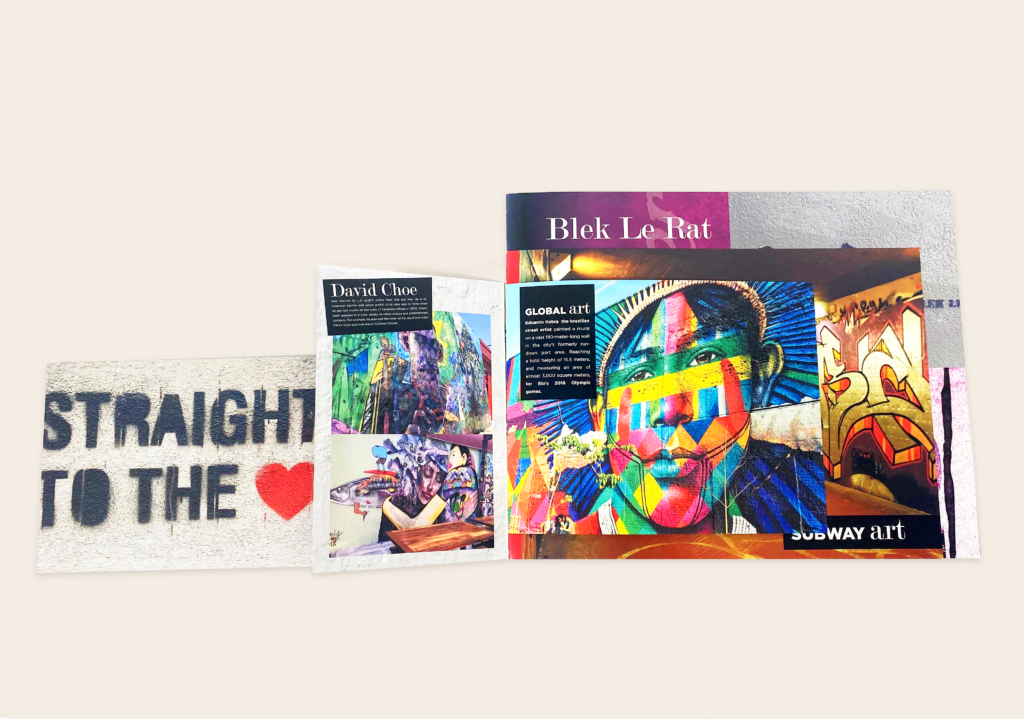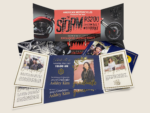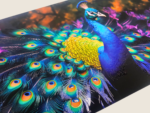The Importance of Selecting the Right Print Service Provider for Your Business
Print service providers can help add value to a booklet design by providing high-quality prints and finishes. They add value to the final print by ensuring accurate colors, sharp images, and consistent print quality. When selecting one, there are a few things to keep in mind:
Print quality – It’s the overall look and feel of the finished product. Make sure to select a print provider that uses high-quality inks and paper stocks.
Turnaround time – This factor is vital because you want to make sure your booklet is printed promptly and meets your deadlines.
Cost – Make sure you are getting good value for your money. Select a print provider that offers competitive pricing without sacrificing quality.
Printing Options
In terms of booklet printing, you have different printing options: digital, offset, and on-demand.
Digital is best for small print runs and can be completed quickly. Offset is best for large print runs and offers the highest quality printing. On demand is a good option for businesses that need flexibility and want to print small quantities at a time.
It’s important to understand the printing process and your specific needs. For example, digital printing might not be the best option if you need many booklets printed quickly. However, if you’re looking for the highest quality printing, offset printing is likely your best bet. Each has its own features, here’s a run-down:
Digital Printing
This process involves a digital file, like those you create in Photoshop or Illustrator, and printed using a digital press. This type of printing is ideal for shorter runs because it doesn’t require the set-up time that offset printing does. It’s also more affordable for smaller print jobs. Digital printing has two primary forms: electrophotographic and inkjet.
Electrophotographic digital printing is popularly known as laser printing. The printer uses a charged drum or belt to transfer an image onto paper. Inkjet digital printing is the most common type of digital printing. Inkjet printers use small jets to apply ink to paper. It’s good for both small and large print jobs.
Offset Printing
Often used for large print jobs because it’s more cost-effective, offset printing uses plates to transfer an image onto paper. The plates are created from a digital file and the ink is transferred from the plate to a rubber blanket before it’s transferred to paper.
The main benefit of offset printing is that it can print on various paper types, including those with a textured finish. There are two types of offset presses: web and sheet fed.
Web offset presses are used for long print jobs, such as newspapers and magazines. The paper is fed through the machine in large rolls. Sheet fed offset presses are used for shorter print jobs, such as books and brochures. The paper is fed through the machine in individual sheets.
On Demand Printing
Also known as print-on-demand or POD, on demand printing is a digital process that prints each piece as ordered and is great for short runs because there’s no need to print a large quantity of pieces upfront.
The main benefit of on demand printing is its affordability compared to offset printing for small print jobs. It’s a more eco-friendly option because there’s no need to print pieces that aren’t ordered.
Improve Your Booklet Layout Design
Now that you’ve learned what you need to know about printers, it’s time to focus on your booklet layout design. Here are some ways you can improve it:
Use a grid system
One of the best ways to create a professional booklet layout is to use a grid system, a series of vertical and horizontal lines that help you align and organize your content. There are many types of grid systems, but the most popular is the 12-column grid which is often used in web design and can also be applied to print design.
Incorporate white space
It helps create a visual balance. Too much white space can make your booklet look empty, but too little can make it look cluttered. Find a balance that makes your booklet easy to read and visually appealing. Additionally, you can use white space to highlight important design elements, such as images or headings.
Use fonts sparingly
When it comes to fonts, less is more. Using too many can make your booklet look unprofessional and difficult to read. Stick to two or three fonts maximum. Make sure to choose fonts that are easy to read and complement the overall tone of your design.
Use imagery effectively
Imagery is a powerful tool that can help convey a message or tell a story. When used effectively, images can make your booklet more appealing and help deliver the overall message. Choose high-quality images relevant to your topic. Use images sparingly too, so that your booklet will not be too dense and cluttered.
Decide on a color scheme
Choosing the right colors for your booklet can improve the overall message. Using warmer colors such as reds and oranges can create a feeling of excitement while cooler colors such as blues and greens can create a feeling of calm. Choose colors that complement each other and create the desired mood.
Get Creative with Your Booklets
- Use die cuts to create unique shapes. Die cuts add visual interest to your booklet and make them more memorable. Think outside the rectangle.
- Incorporate embellishments like spot UV or foil to the cover. These techniques can add a touch of luxury and make your booklet more eye-catching.
- Use attractive paper stocks to give your booklet a unique look and feel. Textured papers can add an element of sophistication while bright-colored papers can make your booklet more fun.
- Play with scale. Using different sizes for your booklet can give it a unique look. You can experiment with different page sizes, font sizes, and images. A good example is using a large font for your headlines and smaller font for the copy.
When designing your booklet, keep your audience in mind and choose a design that will appeal to them. Make sure to use high-quality images and colors that complement each other. Finally, don’t forget to invest in the right print service provider to make your finished booklet look its best.





